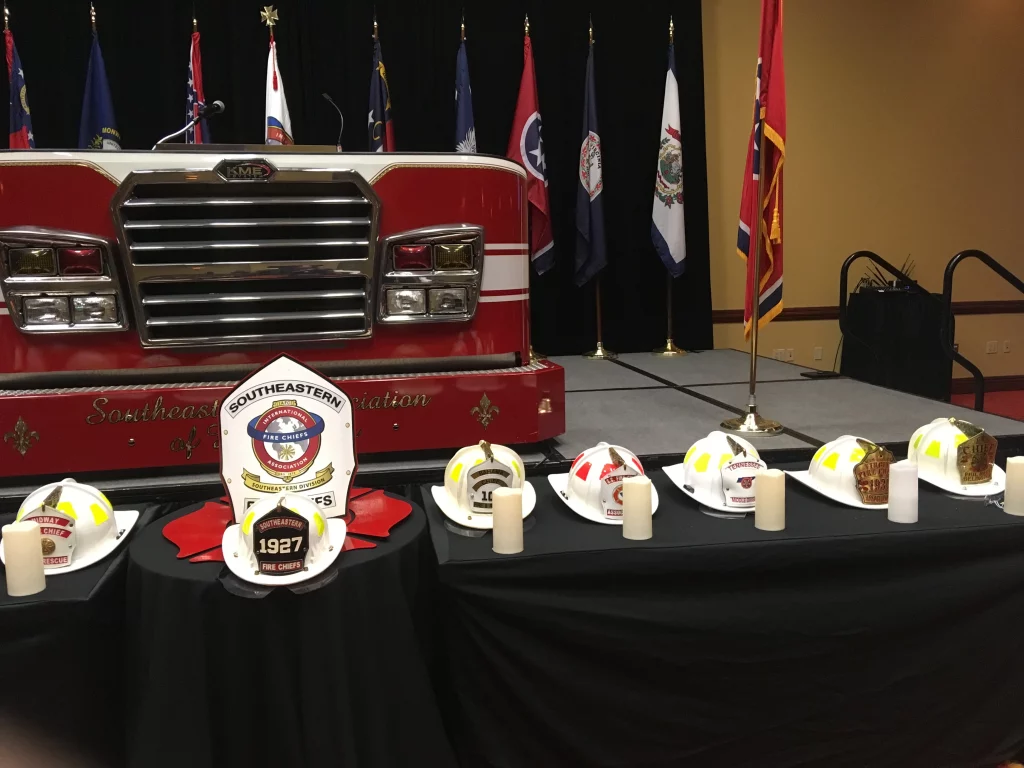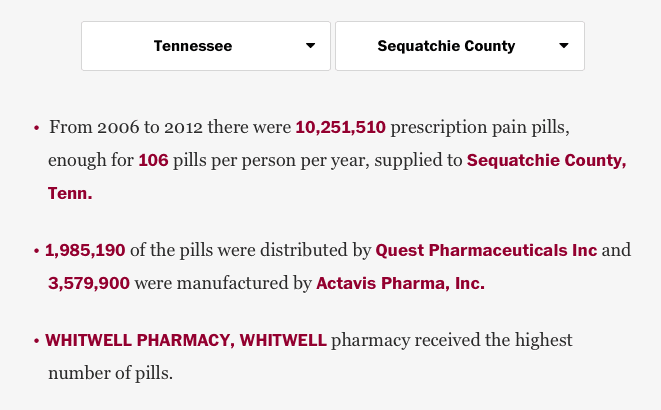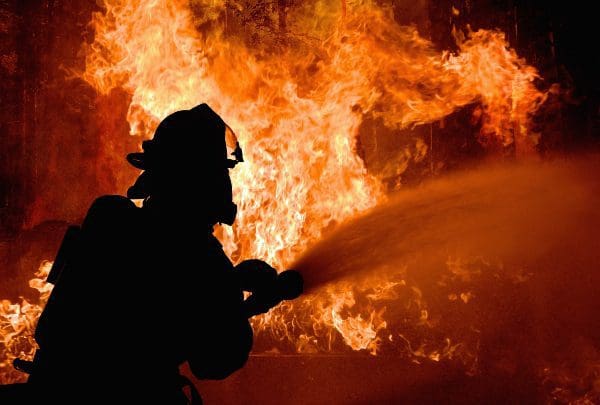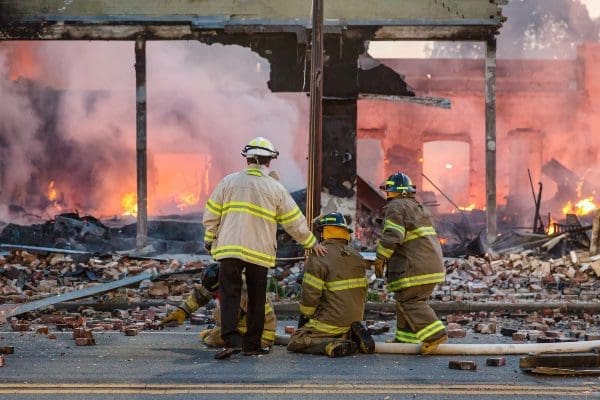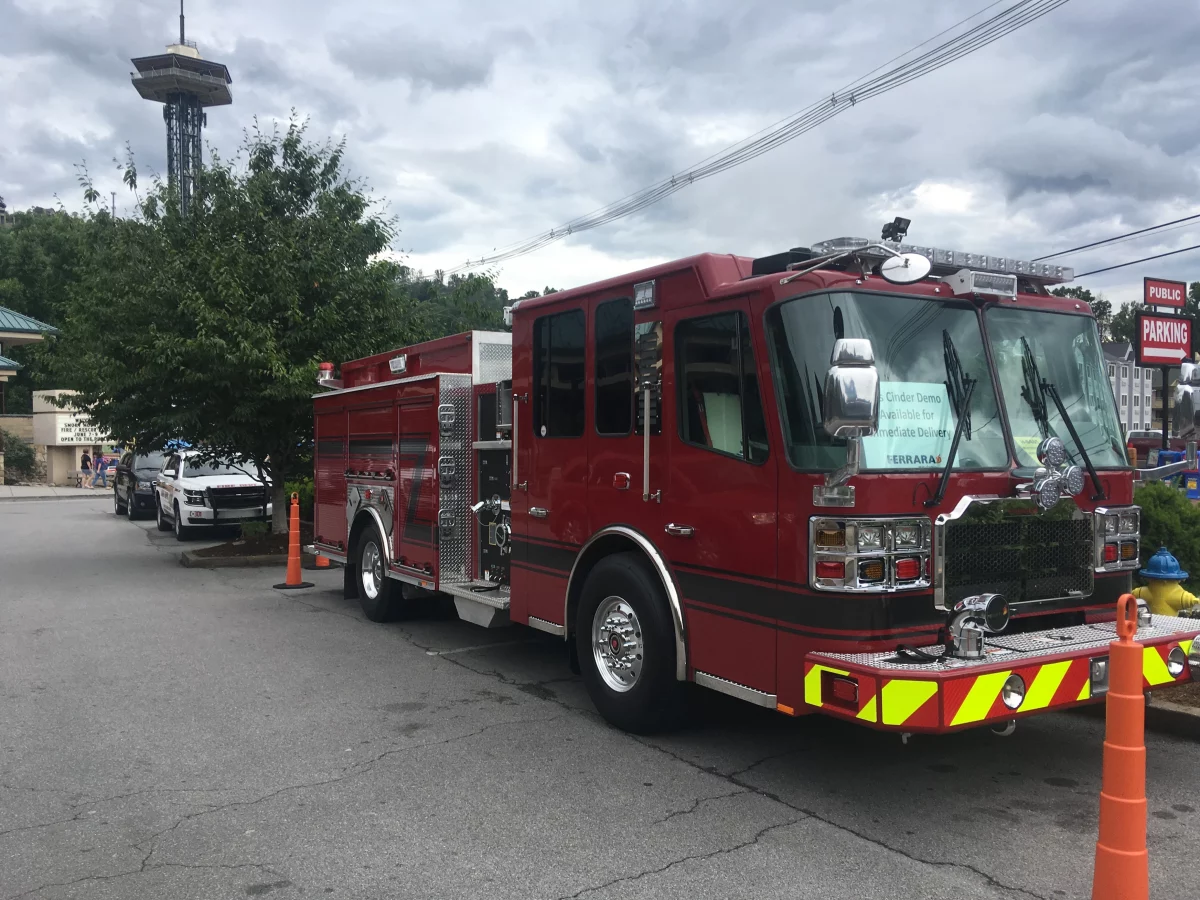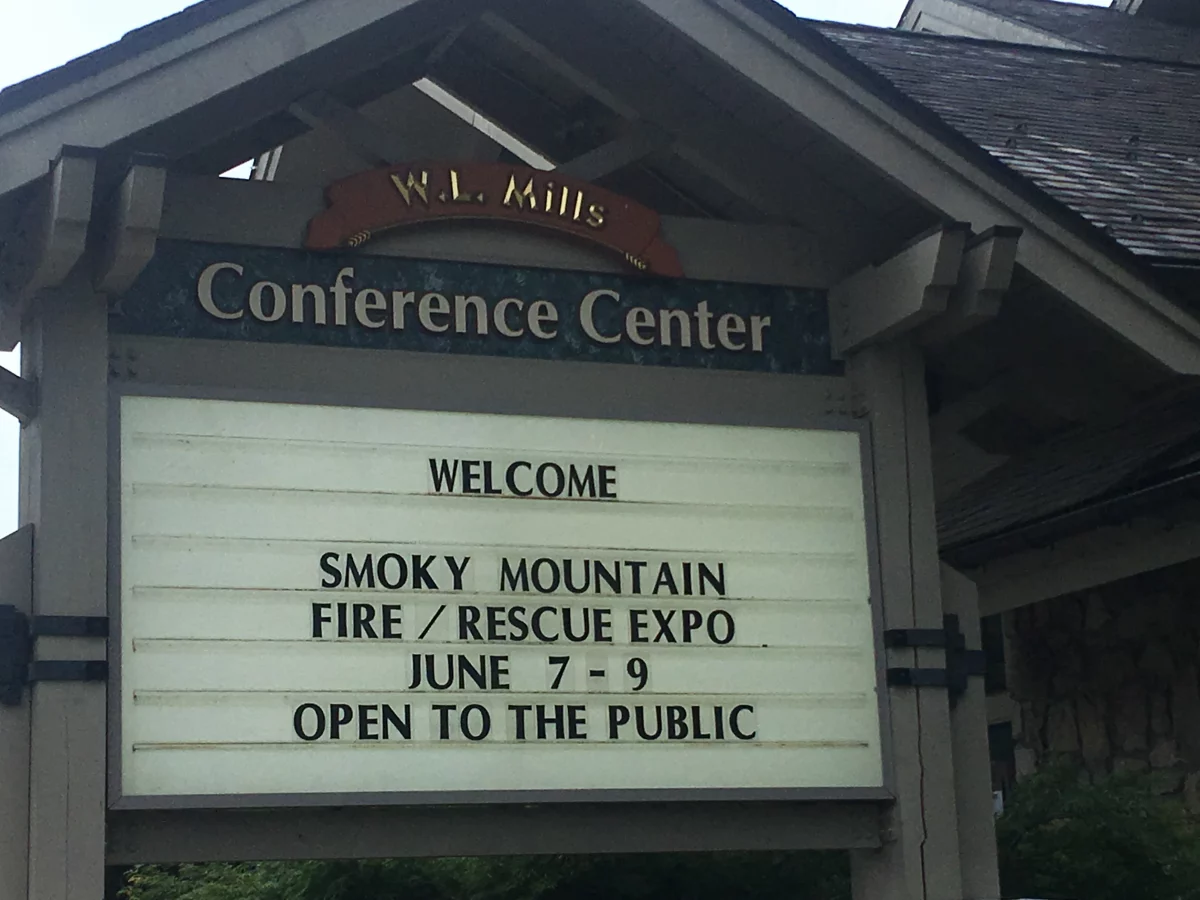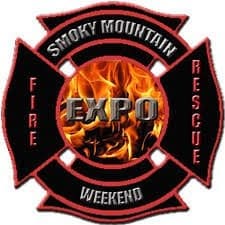Ringing of the Bell Ceremony
At the recent Tennessee Fire Chiefs Association and Southeastern Association of Fire Chiefs Joint Leadership conference I also experienced the Ringing of the Bell Ceremony for the first time. This is a proud tradition that has been done for over 200 years at a firefighter’s memorial service.
Usually a firefighter bell ceremony is done after the Fireman’s Prayer. The ringing of the bell is the final event of a ceremony that announces a brother or sister has come home for the final time. After each set of ringing the bell 3 times, the fingers of a gloved hand gently grab the bell to silence it before sounding the next ring of 3. As the final toll of the 3rd pull, the bell is left alone to ring out. The bell ringing recalls a time when the fire bell rang to call firefighters to an alarm and then, again, to signal that the alarm had ended.
This was done for the fallen firefighters in 2018 of the Southeastern region.
Additional background
The men and women of today’s fire service are confronted with a more dangerous work environment than ever before. We are forced to continually change our strategies and tactics to accomplish our tasks.
Our methods may change, but our goals remain the same as they were in the past, to save lives and to protect property, sometimes at a terrible cost. This is what we do, this is our chosen profession, this is the tradition of the firefighter.
The whole fire service of today is ever changing, but is steeped in traditions 200 years old. One such tradition is the sounding of a bell.
In the past, as firefighters began their tour of duty, it was the bell that signaled the beginning of that day’s fire chief’s shift. Throughout the day and night, each alarm was sounded by a bell, which summoned these brave souls to fight fires and to place their lives in jeopardy for the good of their fellow citizen. And when the fire was out and the alarm had come to an end, it was the bell that signaled to all the completion of that call. When a firefighter had died in the line of duty, paying the supreme sacrifice, it was the mournful toll of the bell that solemnly announced a comrades passing.
We utilize these traditions as symbols, which reflect honor and respect on those who have given so much and who have served so well. To symbolize the devotion that these brave souls had for their duty, a special signal of three rings, three times each, represents the end of our comrades’ duties and that they will be returning to quarters. And so, to those who have selflessly given their lives for the good of their fellow man, their tasks completed, their duties well done, to our comrades, their last alarm, they are going home.
Rest in peace and thank you for your service, brothers and sisters.
